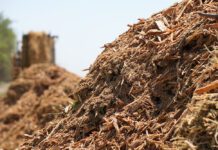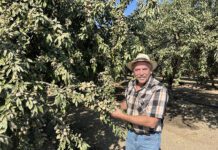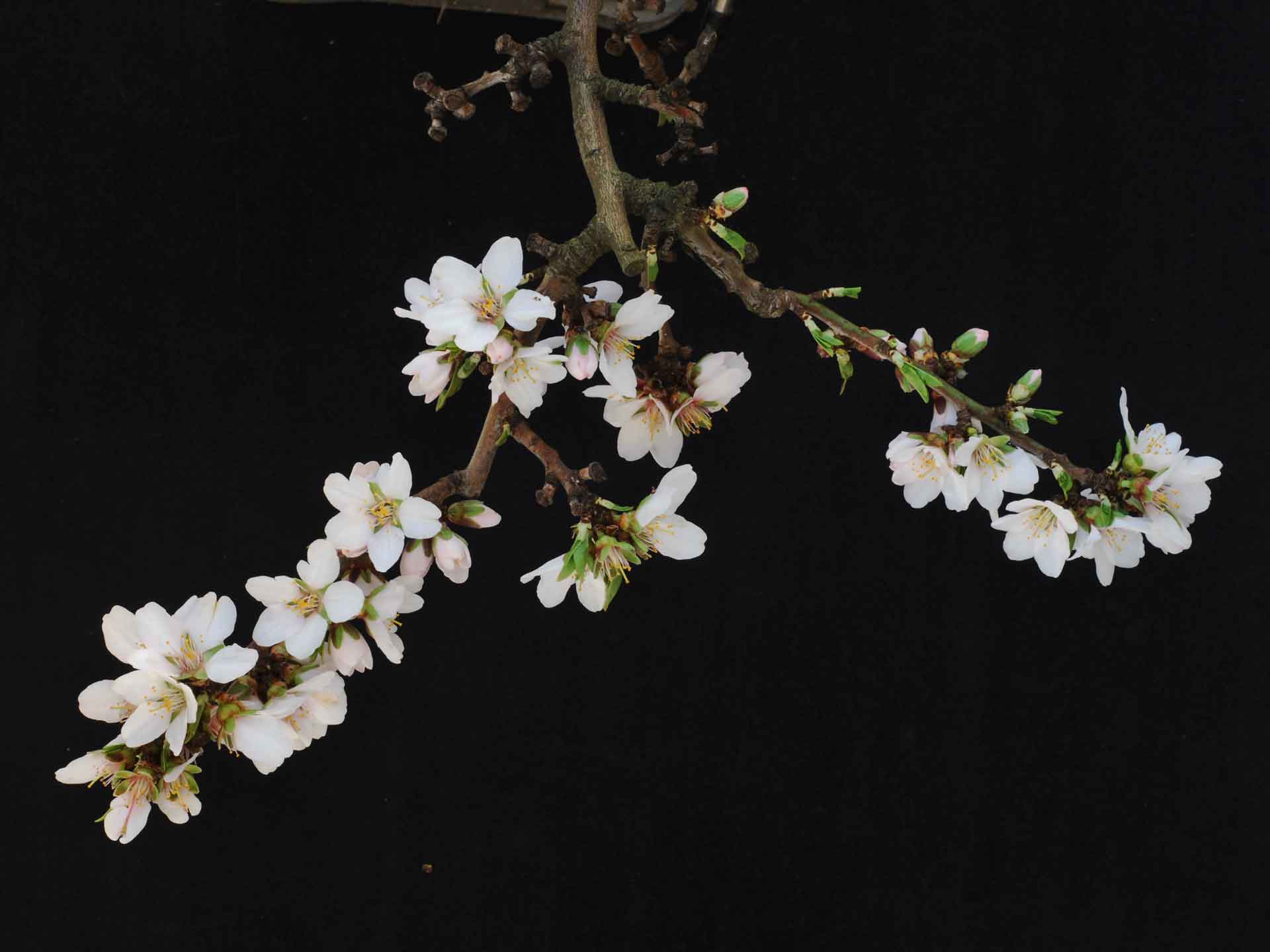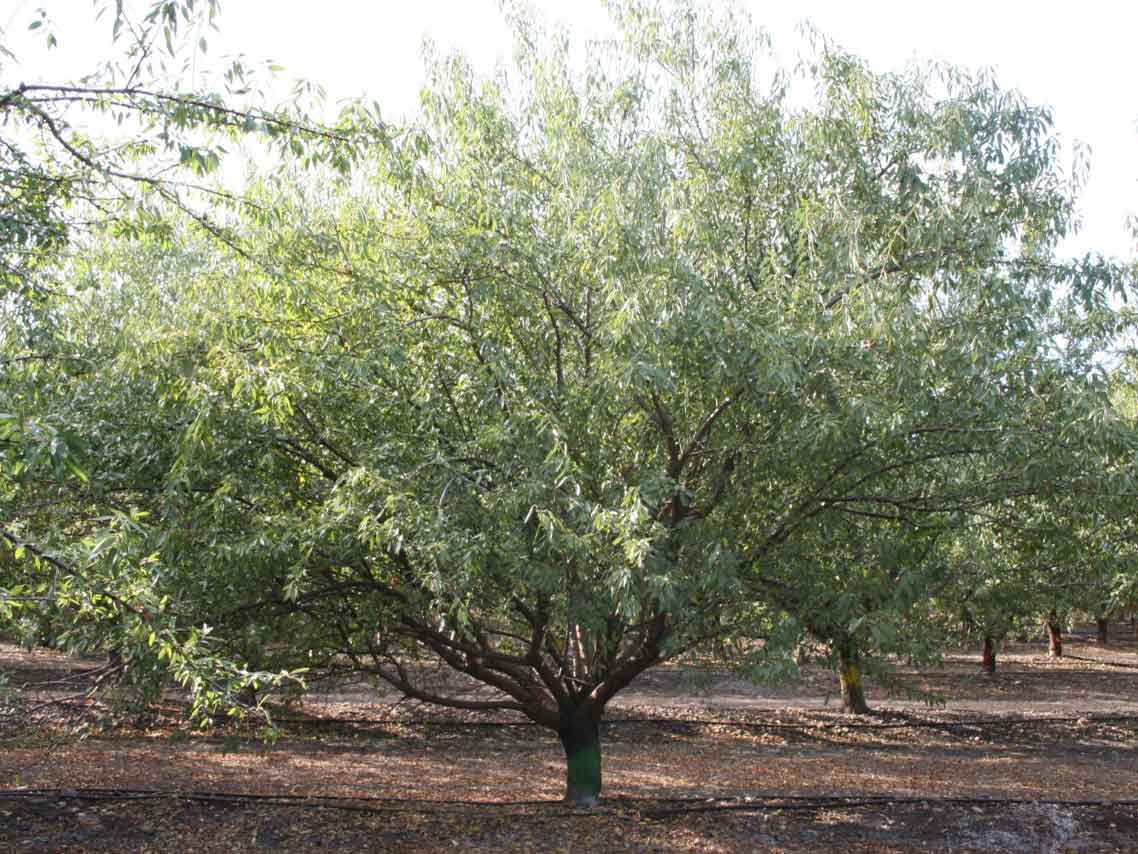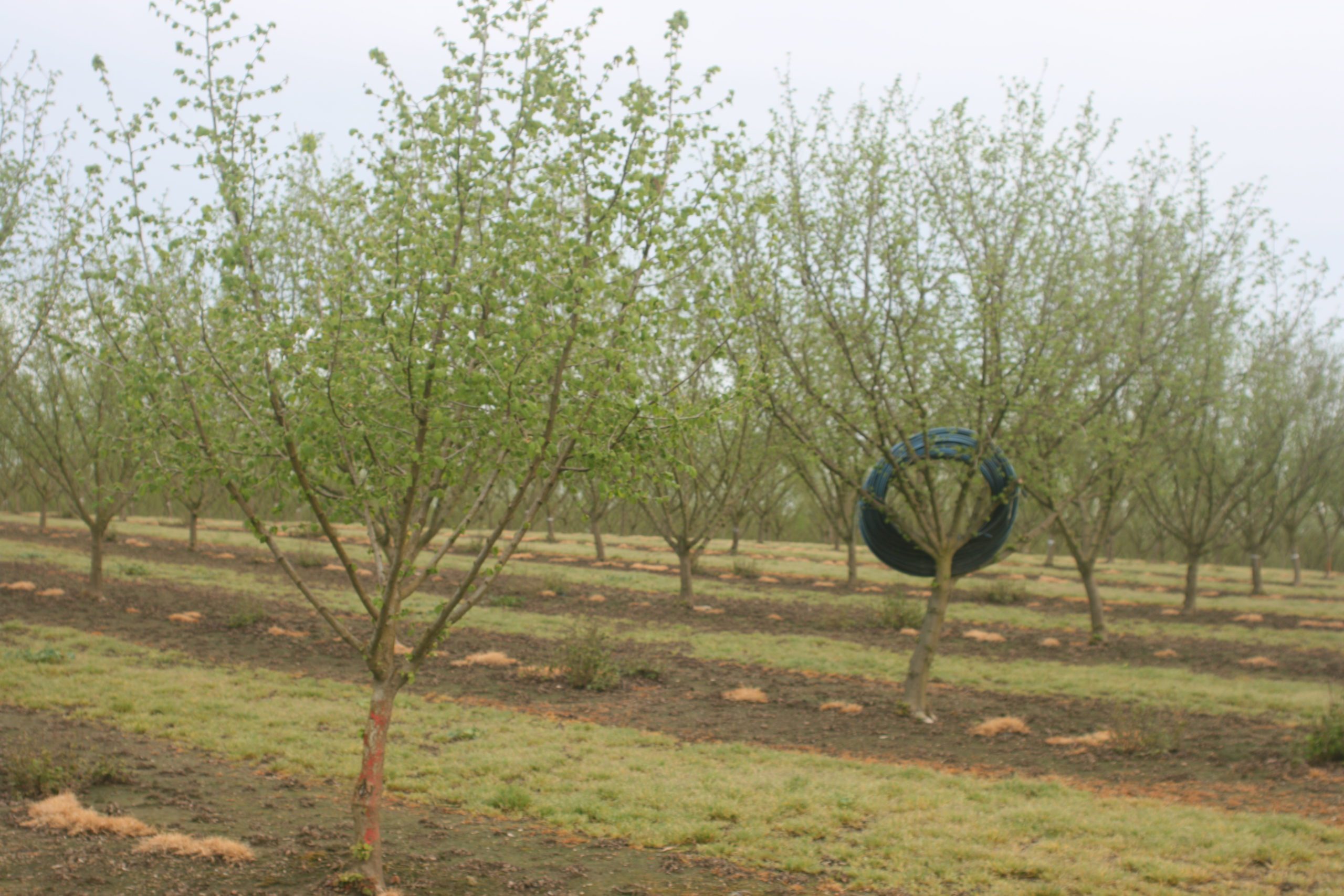
Listen to the audio version of this article. (Generated by A.I.)
Throughout the growing season, pest management is a top priority for the almond industry. With integrated pest management (IPM) resources readily available, growers are well-equipped to address threats in the orchard. However, once the crop is harvested, focus often shifts elsewhere.
That doesn’t mean the threat from pests goes away; in fact, postharvest can be one of the most vulnerable times for infestations, and recent feedback from overseas buyers has revealed that there is still a lot of progress to be made in this area.
Recognizing this, the Almond Board of California (ABC) has ramped up efforts to address postharvest pest pressures by developing targeted educational resources for processors and buyers, strengthening partnerships with international trading partners and funding research to ensure that almond quality is not compromised after it leaves the orchard.
Managing Pest Threats at the Processor Level
To minimize postharvest pests, the first step is preventative strategies that reduce the opportunities for the pests to find places to live. While preventative strategies are crucial, complete elimination of pests is unrealistic. Eric Myers, global IPM manager at Archer Daniels Midland Co., explained that insect presence is a natural part of the almond system, and that the real challenge lies in managing environmental conditions at the processor that allow pests to thrive.
Understanding pest behavior, particularly at different stages of its life, is also critical. Myers noted that while adults and larvae are visible and mobile, the egg and pupal stages are immobile and often hidden.
“At different points in the process, you have opportunities for different insects to start to attack,” he said. “Once you’re able to start breaking that down, you can identify where those vulnerability points are within the facility and manufacturing process.”
High-risk zones often include idle equipment, hard-to-reach areas within machinery or structures and places where product buildup can go unnoticed. These problem areas are consistent across facilities, regardless of their design or the commodity being processed. That’s why effective pest management begins with having the right identification tools, Myers emphasized.
“It starts with having good monitoring, good data and having that understanding that the insect presence is the effect, not the cause,” he said.
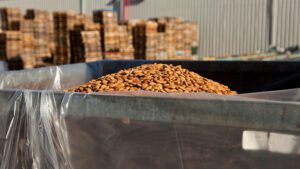
Supply Chain and Market Pressures
To protect the reputation of California almonds with international customers, it’s important to understand the broader supply chain dynamics.
The most immediate concern buyers are expressing is the arrival of infested product. Intermediaries such as repackers have voiced strong concerns over receiving shipments affected by insect presence, which affects their ability to satisfy their end buyers.
“Not only is this a B2B issue, but this is also a regulatory issue, where import control authorities are flagging shipments when they see something, and that results in a rejection,” Kulkarni said.
In many cases, the problem isn’t poor shipping practices but rather delays after arrival, Kulkarni explained. Even when fumigation is performed prior to shipping, a lag in unloading or inspection can lead to deteriorating quality.
To address these challenges, improved communication between shippers and buyers is essential. In response, ABC has developed a Technical Toolkit that shippers can share with their buyers. The document outlines tips to reduce infestation risks, including best practices for receiving, storage, handling and inspections to hopefully reduce the likelihood and progression of a pest infestation.
Artificial Intelligence (AI) Increasing Monitoring Efficiency
Up until now, insects at processing facilities were mostly discovered through human observation of insects or on pheromone traps, but research funded by ABC has led to a new discovery that can reduce reliance on manual scouting and improve early detection.
UC Davis professor Dr. Zhongli Pan, also CEO and founder of AIVision Food Inc., has developed a new tool with support from ABC, a SmartProbe, an artificial intelligence-powered device designed to detect insect pests during storage.
“If we can find the insects early, that will prevent a lot of the issues related to quality loss and will reduce the costs in managing the pests,” Pan said.
The SmartProbe uses cameras and sensors to monitor temperature and humidity. Because infestations typically begin in warm areas, the probe is designed to be compatible with a range of storage environments such as dusty processing rooms, bins, warehouses and stockpiles, Pan explained. Captured data is uploaded to a cloud platform where AI algorithms identify insect species, making information accessible via an app.
Perhaps one of the biggest advantages is that because it works 24/7, the likelihood of the probe catching a pest is much greater than human monitoring. Several operations have already adopted this technology, showing the importance of the research that helped to create an actionable solution for a current real-world problem.
“At different points in the process, you have opportunities for different insects to start to attack. Once you’re able to start breaking that down, you can identify where those vulnerability points are within the facility and manufacturing process.”
– Eric Myers, Archer Daniels Midland Co.
Navigating Postharvest Fumigation and Regulation
One of the biggest issues on the horizon for the almond industry is being able to prevent and treat both field and storage pests while battling increased pesticide restriction and regulation. These pressures, while driven by consumers, are in large part supported by politics.
“The California Department of Pesticide Regulation (DPR) has started a sustainable pest management initiative. In that context, DPR has labeled all fumigants as ‘high priority’ which means compounds whose use would be phased out by 2050,” said Spencer Walse with USDA’s Agricultural Research Service (ARS). “This is something we have to take very seriously in light of the fact that the sanitary/phytosanitary treatments are mandated by the importing countries, as well as quality standards expected by buyers.”
This has been an ongoing discussion since the 1970s, and Walse and his team at ARS-Parlier have worked on developing tools that address phytosanitary requirements, trade-related barriers and data to prove the efficacy for adoption of new treatment methods by importing countries. He believes that for addressing sanitary and phytosanitary issues, postharvest treatments are key.
“That’s because that’s where your operations and your logistics are centered,” Walse said. “You can do the most with the least in a postharvest sense.”
As California anticipates a tighter pesticide regulatory environment, Walse explained that he sees a growing role for organic-based fumigants, like steam. These approaches, when timed with insect egg hatch cycles, can be highly effective in managing pests and are “best suited to satisfy consumer and regulatory demands,” he added.
Still, the practicality of these methods will come down to how effective and realistic it is for industrywide adoption.
“At the end of the day, we need to make decisions based on what markets you’re at, what tools you have and what your infrastructure and timing constraints are,” he said. “We need a way to conveniently address these pathogens and a way to rapidly disinfest.”
Protecting Almond Quality
As almond exports continue to face increasing pressures and high consumer expectations, effective postharvest pest management is no longer optional; it’s essential. The insights shared by researchers, industry leaders and technology developers highlight a clear path forward: proactive monitoring and communication, utilization of new innovations and the implementation of more sustainable and effective fumigation practices.
To protect the reputation of California almonds, safeguard market access and reduce potential waste, the almond industry as a whole must continue to close the postharvest gap. That starts with treating pest management as a year-round priority.








